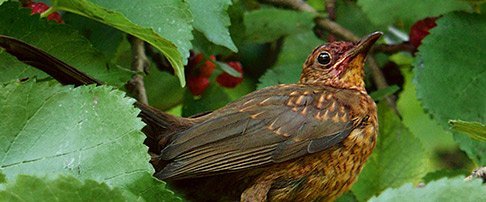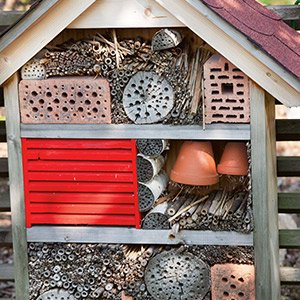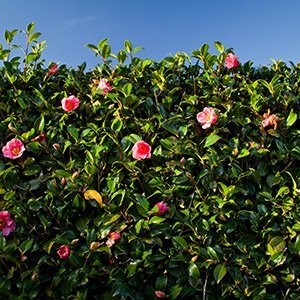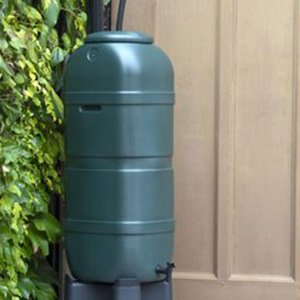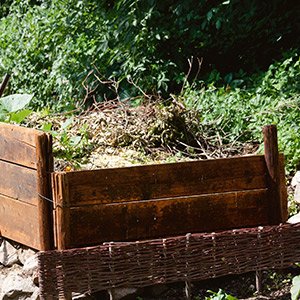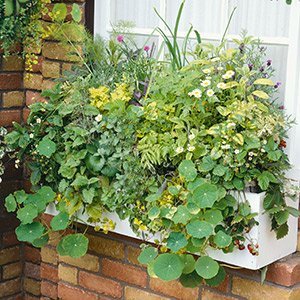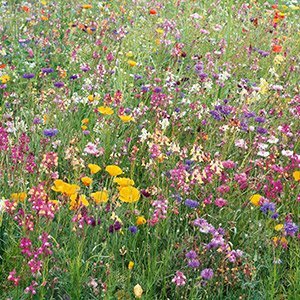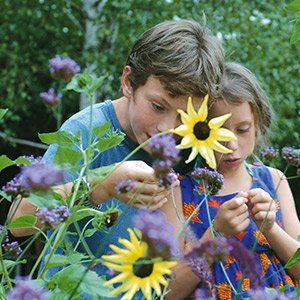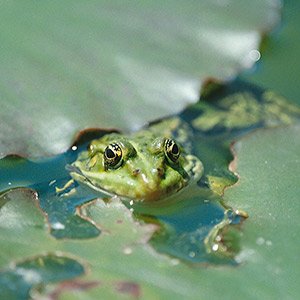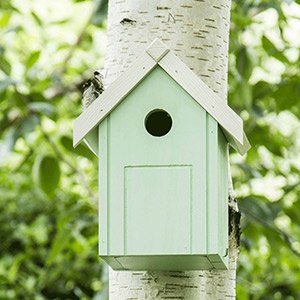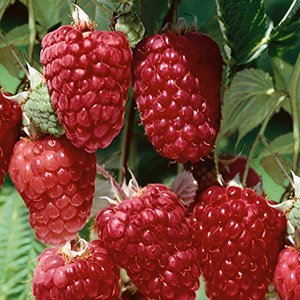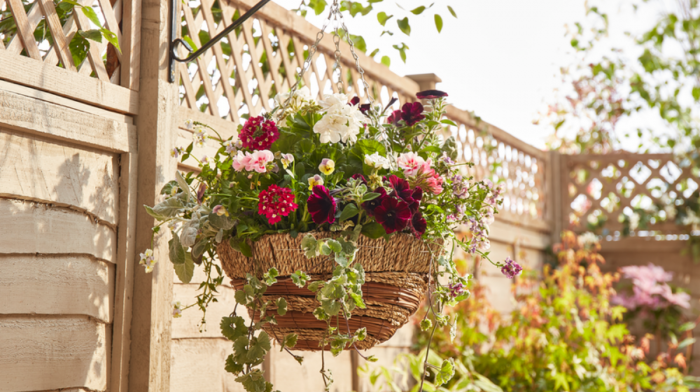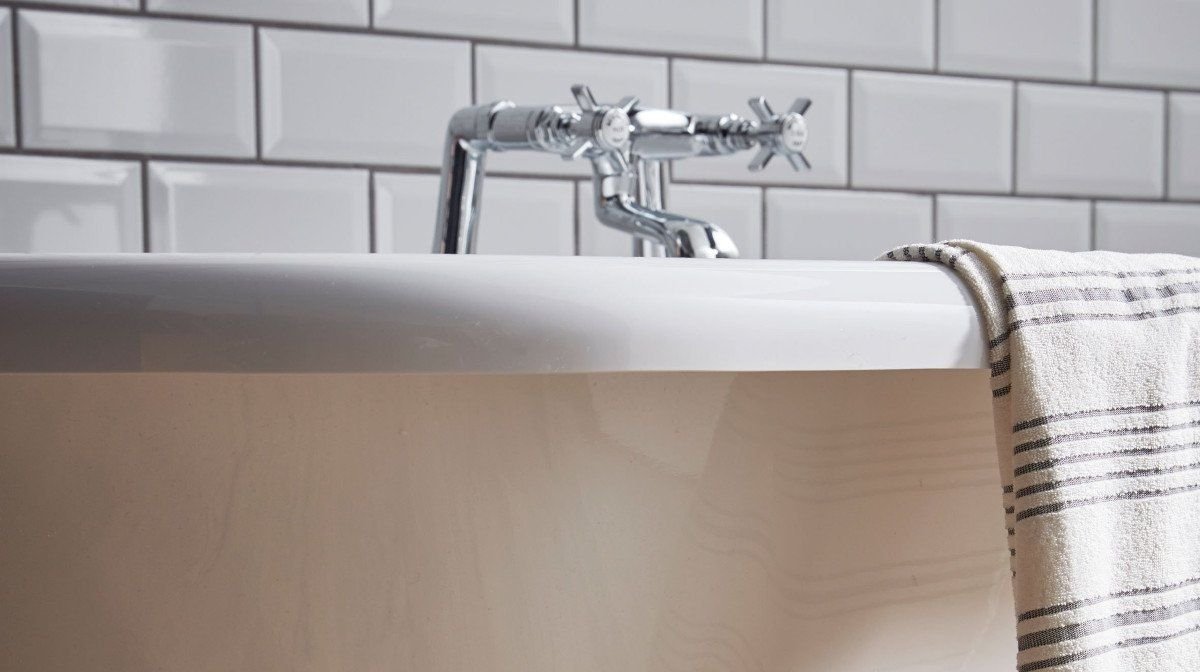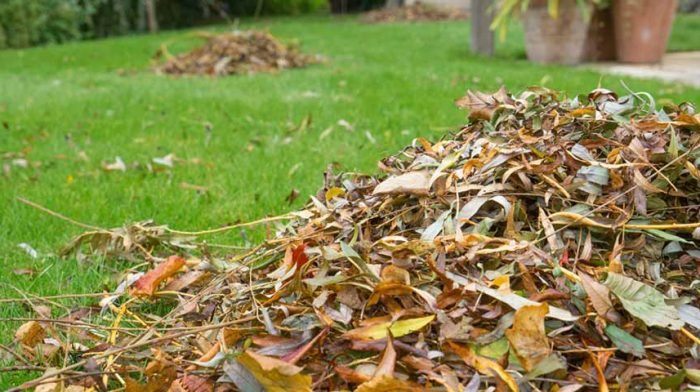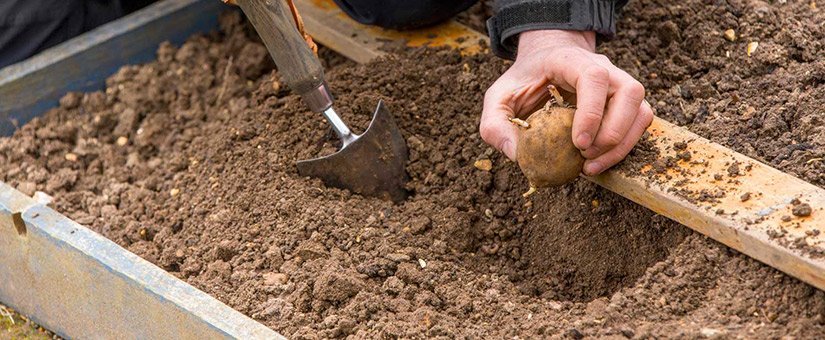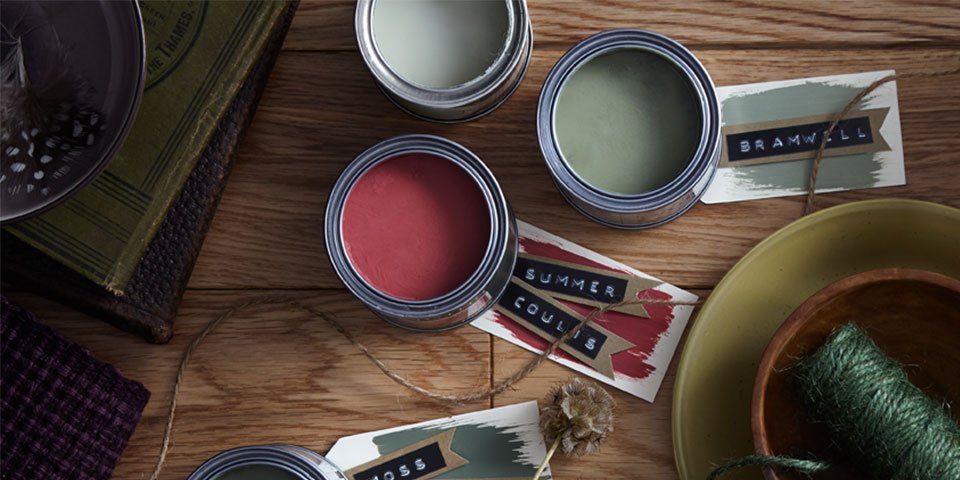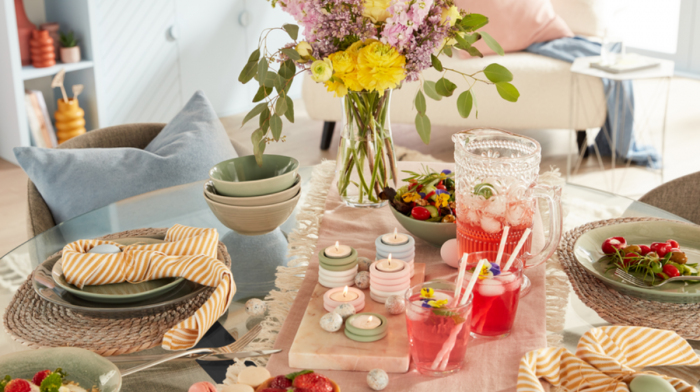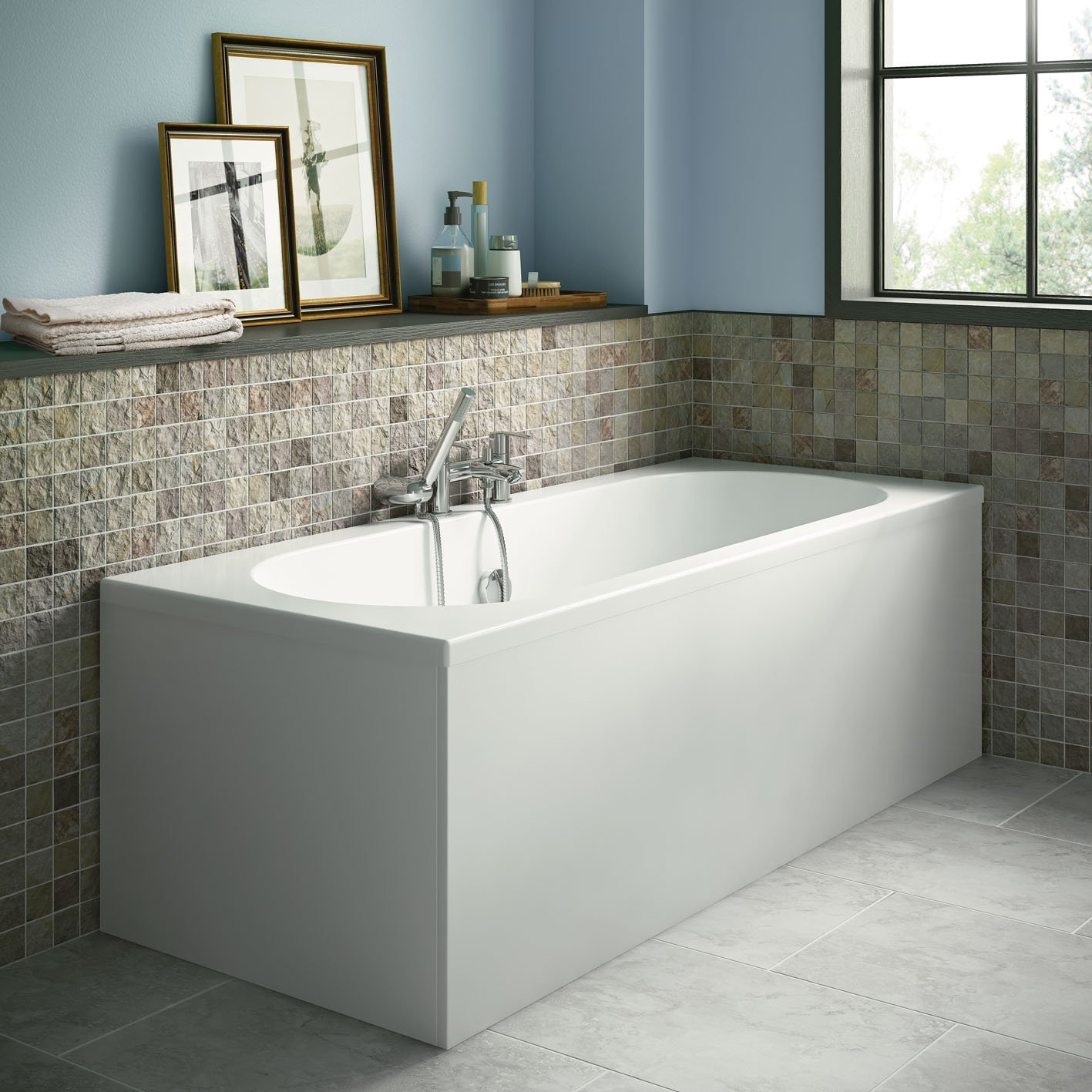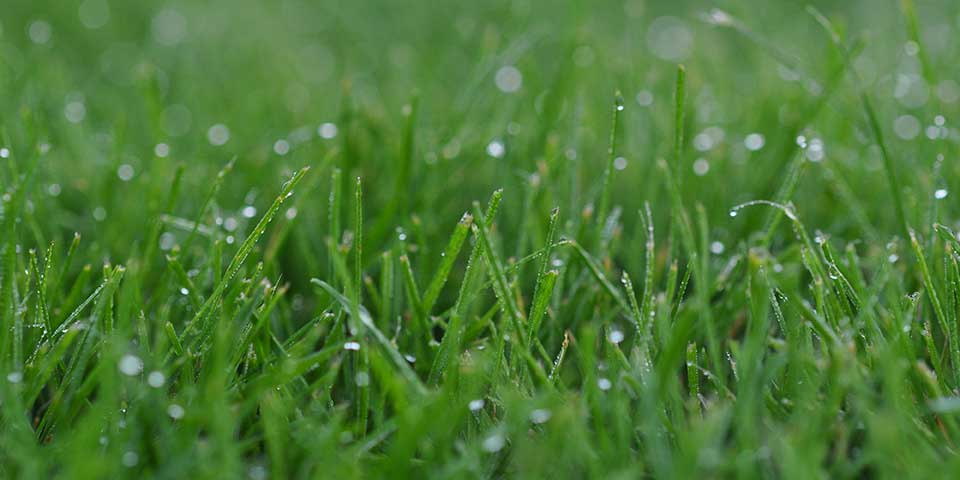In our hectic, technology-driven lives, ‘getting back to nature’ – whether it’s listening to birds twittering in the bushes or watching children finding a newt under a stone – is a great way to reduce stress levels and improve our sense of wellbeing.
The green spaces we create in our gardens are a lifeline for some of the UK’s native wildlife, as their natural habitats are gradually cut down, developed or covered over and they look elsewhere for shelter and food.
Designing a garden for nature doesn’t mean it has to look like an unkempt wilderness, as the wildlife doesn’t care about aesthetics. Whether you want a contemporary garden or a balcony with container plants, the birds and beasts will find you – and if you have what they need, they’ll set up home. Whatever your budget or garden style, there are plenty of ways to encourage more wildlife, as long as you provide food, shelter and water.
Depending on the wildlife you want to attract, its food may come from plants or other wildlife, so aim to create a garden with as much biodiversity as possible. The easiest way to encourage wildlife into your garden is to provide an area of water that’s quite shallow, with at least one sloping edge to let wildlife come and go easily. Always use rainwater rather than tap water and don’t be tempted to add fish – they’ll eat the things you’re trying to attract! You could put in some specific water plants, but it’s better to let nature colonise at its own pace. Just make sure that any area of water is safe, so always supervise the kids or fence it off.
When it comes to plants, the general rule is that the larger the plant the more wildlife it will attract and sustain. If you have one or more trees you already have a head start. Trees offer food in the way of blossom, fruits or seeds. They also provide cover from predators and sheltered nesting sites for birds. The best trees for pollinators are apple, pear, peach, wild cherry, crab apple, flowering cherry, hawthorn and holly.
Shrubs are the next best thing and will also sustain a diverse range of wildlife. If you have enough room plant some large shrubs like pieris formosa or japonica, buddleja, escallonia, pyracantha, dogwood (cornus), hebe, hydrangea paniculata species, spiraea japonica, weigela, fuschia, fatsia japonica, acer platanoides and philadelphus. If space is limited, use smaller shrubs like skimmia, perovskia or the long-flowering wallflower. If you want to create a herb garden, choose shrubby herbs like bay, lavender, rosemary and thyme.
To sustain the wildlife population your garden also needs to include plenty of nectar and pollen-rich flowering plants. Choose those with a long flowering season, like wallflowers. Go for single blooms – rather than doubles – as they’re easier for insects to get to. Some of the best choices are agastache blue fortune, geranium phaeum, achillea, leucanthemum, marguerite, nemesia, liatris, nepeta, leucojum, muscari, ligustrum, lychnis, phlox, polemonium and campanula.
-
Create an insect hotel
A pile of wood can be home to a myriad of wildlife, particularly if it’s left to decay naturally. Choose untreated or unpainted wood and find a place where you’re happy for it to stay undisturbed. It could become home to fungi, mini beasts and if you’re lucky, stag beetles and bark beetles – a rare sight these days. If you have more time you could create an insect hotel with cut down bamboo canes, old airbricks, straw and twigs to create a sheltered environment for various mini beasts. -
Plant a hedge
A hedge will become a magnet for wildlife. Try a combination of hawthorn (crataegus), holly (ilex), escallonia, fuschia and honeysuckle. If you’d rather have fencing, grow a climber on a trellis fixed to the fence. Alternatively, you could plant a shrub like pyracantha that will support itself and can be cut back against the fence, or a self-clinging climber like ivy. If possible, cut some small spaces out of the base of the fence to let the beasties come and go between you and your neighbours’ gardens. Add some topiary in the form of a half standard privet (ligustrum jonandrum delavayanum). -
Conserve water
Rainwater is always best for plants and wildlife, so if you can, harvest it from a roof by letting it fall into a drainage channel and downpipe that runs into a water butt. A shed or greenhouse roof is ideal for a smaller garden but you could also collect more water from the larger surface area of your house roof. There are water butts for all styles and budgets, including timber clad versions which could support climbing plants. -
Get composting
There are many myths about composting but in fact it’s pretty easy. All you need to do is pile up ‘green’ and ‘brown’ materials in equal amounts and let them decompose naturally. ‘Greens’ include pruned materials, weeds, grass cuttings and kitchen waste. ‘Browns’ are things like cardboard, egg boxes, scrunched up newspaper and twigs – anything that helps air circulate within the heap, otherwise it can become slimy and smelly. After a short while the materials will break down, resulting in sweet smelling compost, without any packaging or carbon footprint. -
Create a nature garden in containers
Planting in containers can still be attractive to wildlife - just make sure it has something to offer throughout the year. Choose a mixture of shrubs, perennials and bulbs. Even a small tree can thrive in a pot with different varieties flowering in spring, summer, autumn or winter. Don’t forget bulbs like crocus that can provide valuable early food or try the ‘Pollinator collection’ of bulbs. -
Let your lawn grow
A typical short lawn is pretty much barren of wildlife. It also takes a great deal of time, effort and resources to keep it looking good. Instead, why not let an area of the grass grow longer with some spring bulbs planted into it? The slightly longer grass can shelter a much larger variety of insects and even some small mammals, like wood mice or voles. You could do away with the lawn completely and instead sow a nectar rich meadow. This will attract a far greater range of wildlife and is fairly low maintenance, as it only needs cutting once a year. -
Create a family garden that attracts wildlife
Children are fascinated by the wildlife that visits our gardens. They’ll spend endless hours of enjoyment searching for, finding and observing mini beasts, frogs, newts, tadpoles and caterpillars. Encourage children to observe wildlife and make habitats for it. In their technology-driven worlds, the garden can be a safe place of discovery, adventure and freedom. It’s great to teach children to respect nature and enjoy a slower pace. -
Attract hedgehogs and frogs
Hedgehogs are sadly very rare these days, but if you can give them enough space to roam and forage for food you might be lucky enough to attract some. They are excellent slug eaters! Try to convince your neighbours to cut a small gap in their fencing or hedge and make a hedgehog shelter. If there aren’t any hedgehogs in your neighbourhood then frogs, newts and toads will make short work of the slugs. Make a pile of stones with a space left open for them to come and go. Put it in a quiet place that’s unlikely to be disturbed and they will repay you with nocturnal feasts on those pesky slugs and snails. -
Attract nesting birds
Trees, shrubs and hedgerows are great for birds, but you could also add some nesting boxes to make your garden even more attractive. Different birds like different sized homes, so check you choose the right box for the type of bird. Position it in a suitable place because some like to be in the trees, others like to be lower down in shrubbery. The RSPB website has useful advice. Make sure there is water and a variety of food available all year round – seeds, peanuts, fat balls or kitchen scraps will be gratefully received. -
Encourage wildlife that benefits your edible plants
If you like growing fruit and vegetables, encouraging a diverse range of wildlife will create a natural ecosystem where bees, butterflies and other insects pollinate the plants - and birds, frogs, toads and hedgehogs keep the pest populations down. Fruit bushes like blackcurrants, redcurrants, blueberry, blackberry and raspberry are popular with wildlife, as long as you don’t mind sharing a proportion of your harvest!

